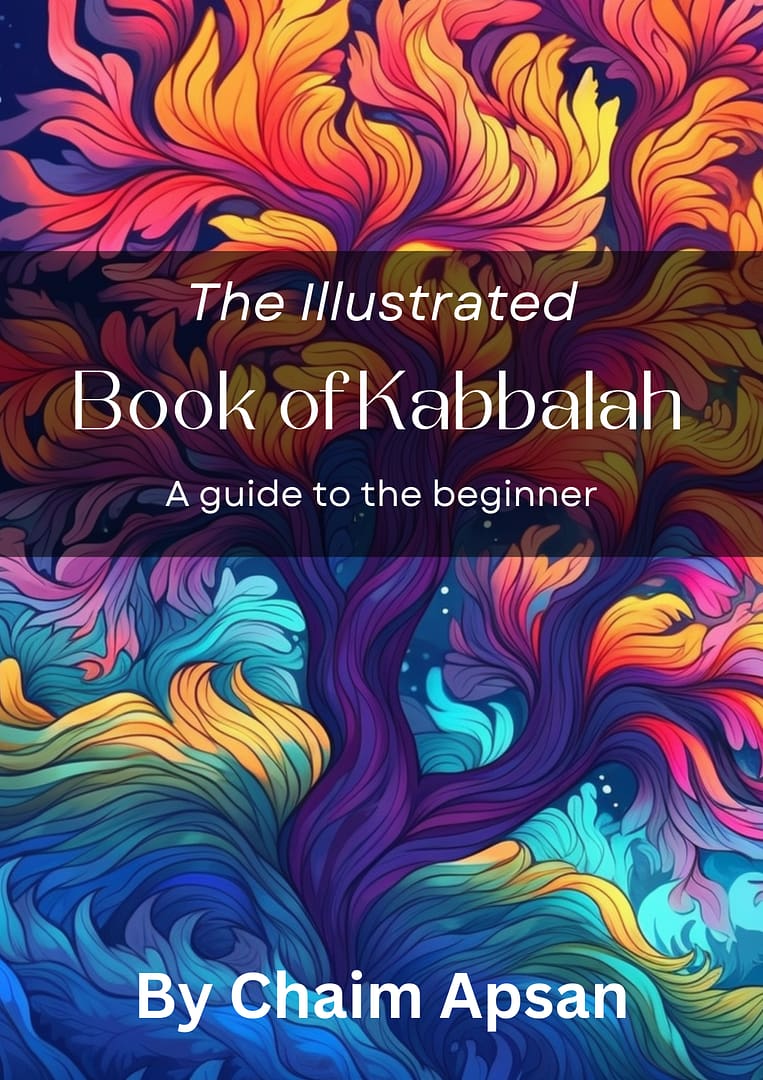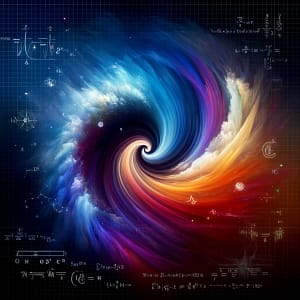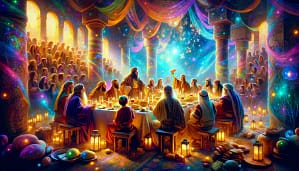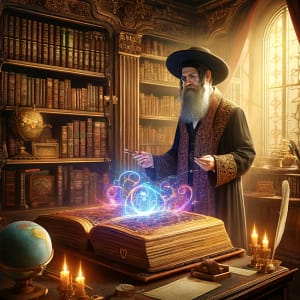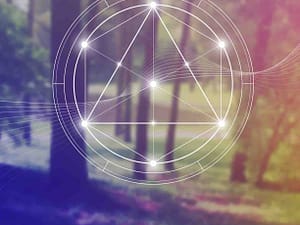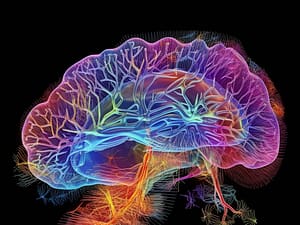Kabbalah is full of Gematria, the study behind the numerical value of words and verses
It is a fascinating intersection of mathematics, language, and spirituality, offering insights that extend far beyond mere numbers. At its core, Gematria is an exegetical exposition on the Torah, where letters are assigned numerical values, allowing words and phrases to be interpreted. While the formal term Gematria is tied to the Hebrew alphabet, many other traditions also employ similar methods to their text.
At first glance, Gematria appears purely “mystical”. However, there’s a substantial scientific backbone to it. The mathematical foundations involve not just basic arithmetic but also more complex relationships between numbers, showcasing patterns that are both intriguing and revealing.
Linguistic analysis such as we see many times in the Talmud further complements this, where the structure and composition of languages play a crucial role in the application of Gematria, particularly in uncovering hidden meanings and connections. Additionally, Gematria’s use in cryptography highlights its scientific aspect, showcasing its utility in encoding and decoding messages throughout history.
This, of course, is backed by the so-called Torah codes which is a real thing.

Different methods of Gematria
Kabbalah employs, to a great part, a system of associations between concepts. Much of Rebbe Nachman’s Chiddushim is based on connections he makes through the entirety of Torah and he uses the term “Bekhinat”, which means “an aspect of.
Hebrew Gematria, with its deep roots in Kabbalah, employs several methods that unveil the inner dimensions of the Hebrew alphabet and texts. The most traditional and widely recognized method is the Mispar Hechrechi (Absolute Value) system, where each letter of the Hebrew alphabet is assigned a specific numerical value from 1 to 400 as below:
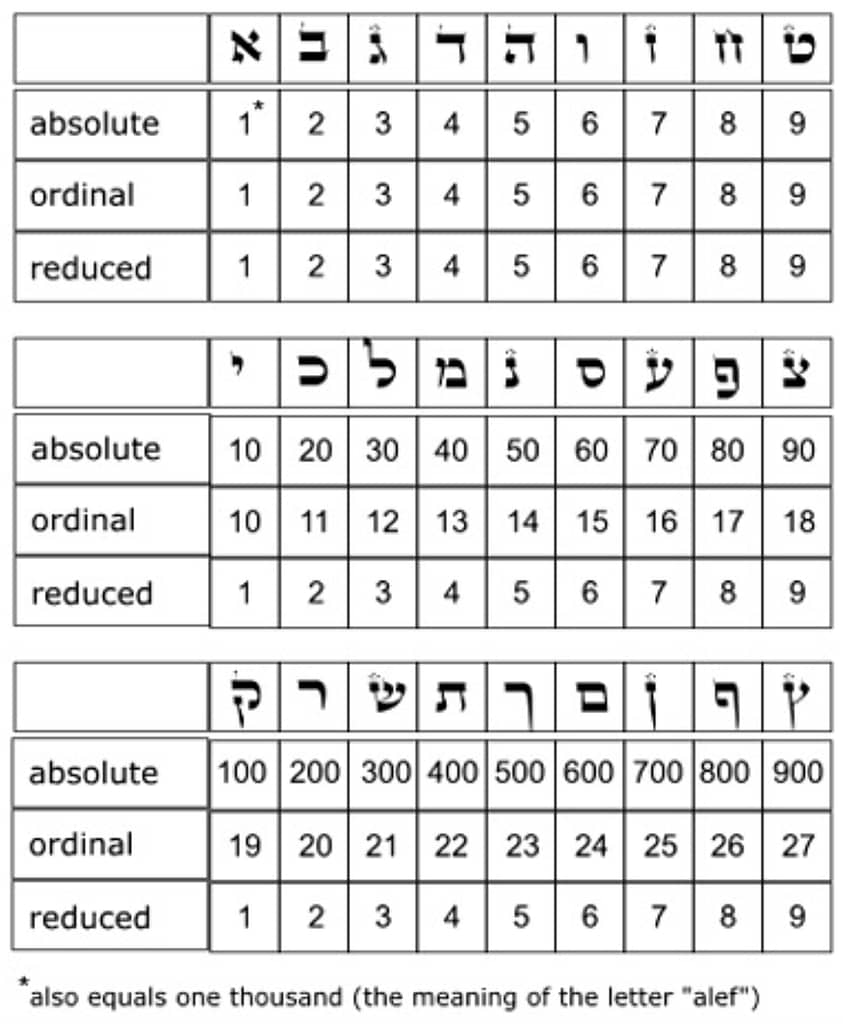
Another intriguing method is the Mispar Gadol (Great Number), which accounts for the final forms of the letters. In Hebrew, five letters assume a different form when they appear at the end of a word. The Mispar Gadol method assigns these final forms their own unique numerical values, extending the numerical system beyond the basic 22 letters.
This extension allows for a more nuanced interpretation of texts, as the form of a letter can alter the numerical value of a word, thus changing its associated meaning or significance.
Additionally, the Mispar Katan (Small Number) method simplifies numbers by continuously reducing them to a single digit (excluding 0), revealing the essence or root meaning of a number, word, or phrase. This process, known as numerological reduction, strips away complexity to focus on the core vibrational essence, offering insights into the fundamental nature of the subject under contemplation. So, for example, if you take the word Miracle, Nes (נס), the Gematria is 110 and the Mispar Katan is 1+1+0 = 2.
We can also take any concept and add or subtract 1 for the whole word which is an idea into itself and not simply the sum total of letters. So, 111 in Hebrew Gematria (111 = פלא = Wonder) is equivalent to Nes above + 1, which shows that the nature of a miracle is a wonder.
These methods represent just a few ways through which Hebrew Gematria explores the nexus between Hashem’s Torah, Creation, and the human soul. Each technique offers a unique lens, transforming the Hebrew alphabet from a mere collection of symbols into a deep system of knowledge and wisdom which is elaborated by the Mekubalim throughout history.
The Holy Names of Hashem
The names of Hashem are the keys to the Creation. While we are strictly forbidden from saying the holy names of God out loud (unless we are praying), they are where the Ohr Ein Sof (light of Ein Sof) vest itself into it and what give power to enliven Creation.
Here are some
- YHWH (יהוה) – 26
- The Tetragrammaton, the most sacred name of God, holds the numerical value of 26. This name is connected to the concepts of mercy. The value 26 symbolizes the 2 times the 13 divine attributes of mercy and the unification of the spiritual and physical realms, reflecting the essence of God’s relationship with the world.
- Elohim (אלהים) – 86
- Elohim, a name that emphasizes God’s power and might, carries the Gematria value of 86. This name is associated with God as the Creator and Judge, symbolizing the divine authority over the universe and all its inhabitants. The number 86 mirrors the balance between justice and mercy in the divine actions and is equal to the word “the Nature” (הטבע).
- Adonai (אדני) – 65
- Adonai, translating to “my Lord,” has a numerical value of 65. This name emphasizes Hashem’s sovereignty and mastery over all. It’s interesting that the Arizal writes that YHVH and Adonai equals 91, which is the Kavanah we need to have when saying Amen.

The Hebrew letters as building blocks of Creation
Hashem crafted the world with the sacred Hebrew letters, which serve not only as tools for communication but also as windows into the essence of all things. In the realm of Kabbalah, there are two primary methods for exploring the spiritual worlds
- The first system is through the Sephirot, often referred to as “Komat Adam” (the stature of “man”), which is the most extensively studied framework
- The other is through the Hebrew letters. Although this is less widely recognized, it is thoroughly explored in the texts of Sefer Yetzirah and Sefer HaBahir.
Alongside the Sephirot, the Hebrew letters act as conduits for Hashem to bestow his blessings and prosperity into the physical realm. This illustrates just how remarkable Hashem’s creation is, providing us with a means to draw forth the salvation we seek through our prayers. The magic isn’t something external; rather, it’s inherent in the very fabric of the world itself.
The teachings of Sefer Yetzirah and Sefer Bahir reveal that the letters hold unique powers, each embodying the concept it represents. For instance, the letter Chet (ח) symbolizes life (חי) and also correlates with the number 8 through its Gematria. Similarly, the letter פ shares its phonetic sound with the word for mouth (פה), underscoring its association with the power of speech, which can manifest for better or for worse.
Consequently, a person’s name carries spiritual significance, offering clues to his life’s purpose and the resources at his disposal to fulfill his mission. This insight underpins the Jewish tradition of adding a name or a letter to someone who is ill, aiming to alter their Mazal or usher them into a new phase of life, as evidenced in the transformations of Sarah, Avraham, and Yehoshua.
Frequently Asked Questions About Kabbalah and Gematria
- What is Gematria?
Gematria is an alphanumeric code or system used within Kabbalah that assigns numerical value to a word or phrase, based on the individual values of its Hebrew letters. This method is used to explore deeper meanings, connections, and insights in sacred texts. - How does Gematria fit into Kabbalah?
Gematria is an integral part of Kabbalistic study, serving as a tool for interpreting the hidden meanings and connections between words and their numerical values. In Kabbalah, numbers are believed to hold powerful significance, and Gematria is used to uncover these spiritual truths, offering insights into the structure of Creation. - How is the numerical value of a word determined in Gematria?
The numerical value of a word in Gematria is determined by adding up the values of each letter in the word. Each letter in the Hebrew alphabet is assigned a specific numerical value, ranging from 1 to 400. See the table in the article. - Can you give an example of Gematria in use?
A classic example of Gematria is the Hebrew word “chai” (חי), which means “life.” The letters Chet (ח) and Yud (י) have the values of 8 and 10, respectively. Thus, “chai” has a numerical value of 18, making the number 18 symbolic of life and a common numerical motif in Jewish culture. - Are there different types of Gematria?
Yes, there are several types of Gematria, including the simple or “Mispar Gadol” method, where the numerical values are as standard. Other types include “Mispar Katan” (where the total numerical value of a word is reduced to a single digit), “Mispar Siduri” (ordinal value), and “Atbash” (where the first letter of the alphabet is substituted with the last, the second with the second to last, and so on). - Can Gematria predict the future?
While some might use Gematria to attempt to predict future events or gain insights into Hashem’s plan, many Mekubalim emphasize its use for spiritual exploration rather than divination. It is more about seeking spiritual enlightenment than predicting specific outcomes. - How does Gematria relate to the Hebrew calendar and Jewish holidays?
Gematria can be used to find connections and insights related to the Hebrew calendar and Jewish holidays. For example, the Gematria of specific words or phrases might relate to the number of days in a holiday, the date a holiday occurs, or themes associated with the holiday. - Is Gematria unique to Judaism?
While Gematria is most closely associated with Kabbalah, similar systems of assigning numerical values to words exist in other cultures and spiritual traditions. However, the specific methods and interpretations of Gematria are unique to the Torah and all its texts.

Small warning on interpreting Gematriot
Interpreting Gematria requires a delicate balance of scholarship, intuition, and restraint. It’s an intricate system embedded within Kabbalah that offers profound insights into sacred texts, revealing layers of meaning that transcend the literal interpretation. However, the subjective nature of Gematria can lead to a wide array of interpretations, not all of which are grounded in traditional Jewish thought or practice.
For example, my name is חיים בן ברוך (Chaim Ben Baruch), which is Gematria 348. If I add 10 for whatever reason I deem fair, like the 10 Sephirot, the 10 Commandments, the 10 of another Yod (י), or whatnot, then we have 358 which is the Gematria of Mashiach (משיח). Then I could have delusions of grandeur and think I’m destined to save the world.
Enthusiasts and scholars alike must approach Gematria with caution, recognizing that while it holds the potential to unlock spiritual and insights, it also carries the risk of leading to speculative or unfounded conclusions. Without a deep understanding of the Hebrew language, Jewish law, and Kabbalah, interpretations of Gematria might stray from its intended spiritual purpose.
Moreover, the allure of Gematria’s numerical systems can sometimes overshadow the importance of Torah study and the holistic understanding of Jewish teachings. It’s crucial to remember that Gematria is but one tool among many for exploring the depths of Kabbalah and should not be used in isolation to draw significant theological or prophetic conclusions.
May we merit to have open eyes to learn and understand Gematria properly.

